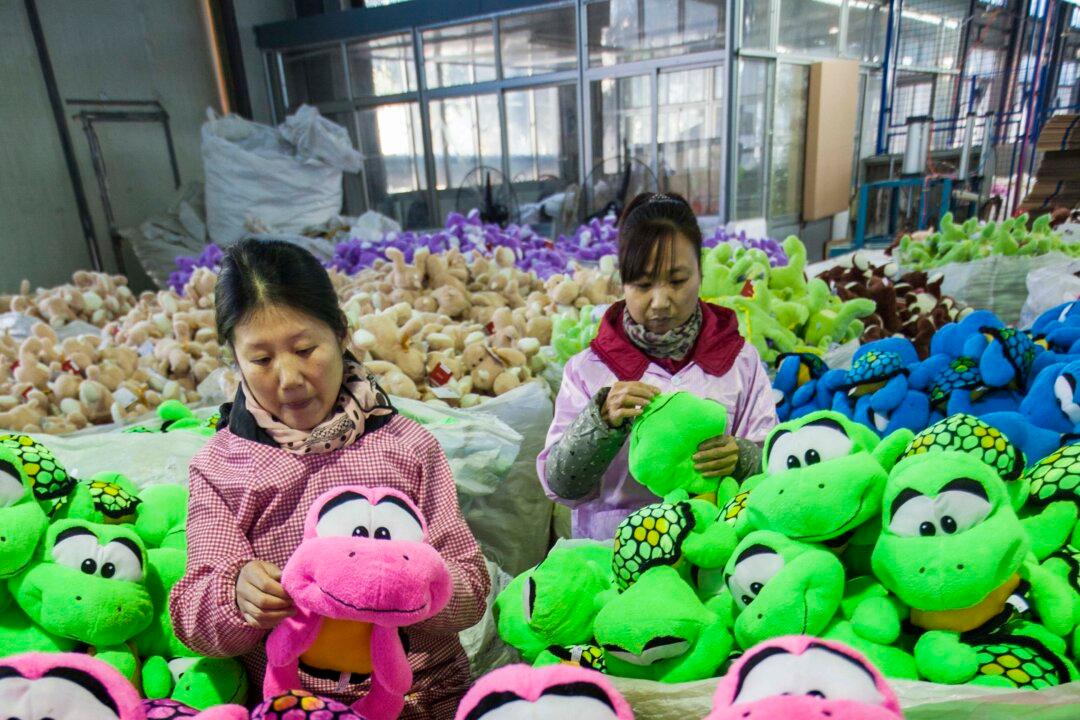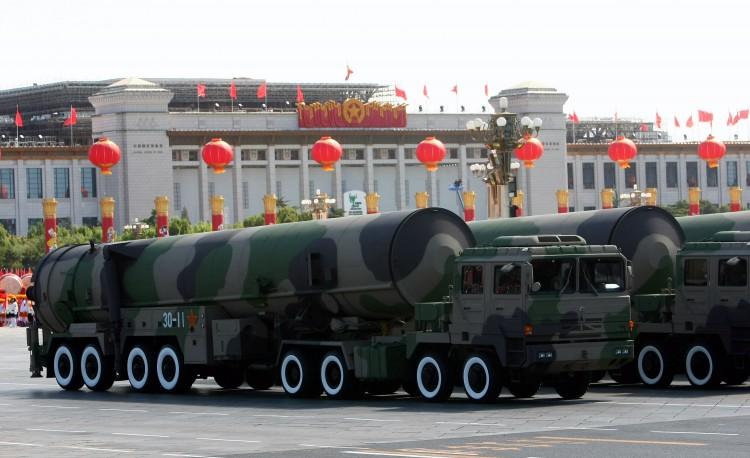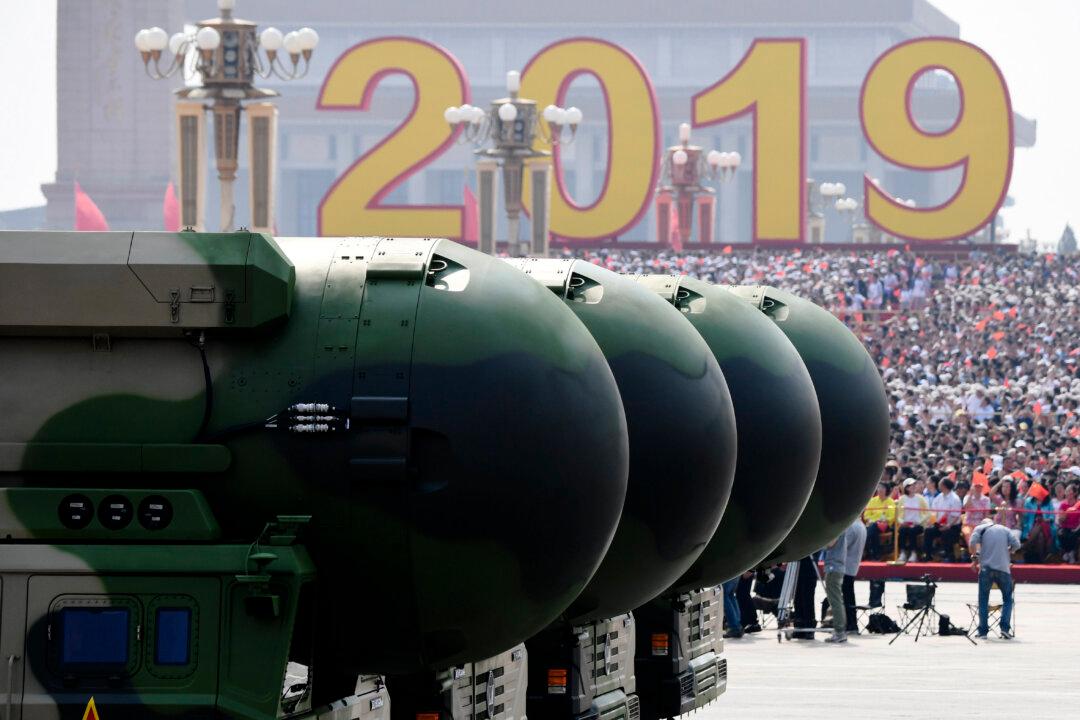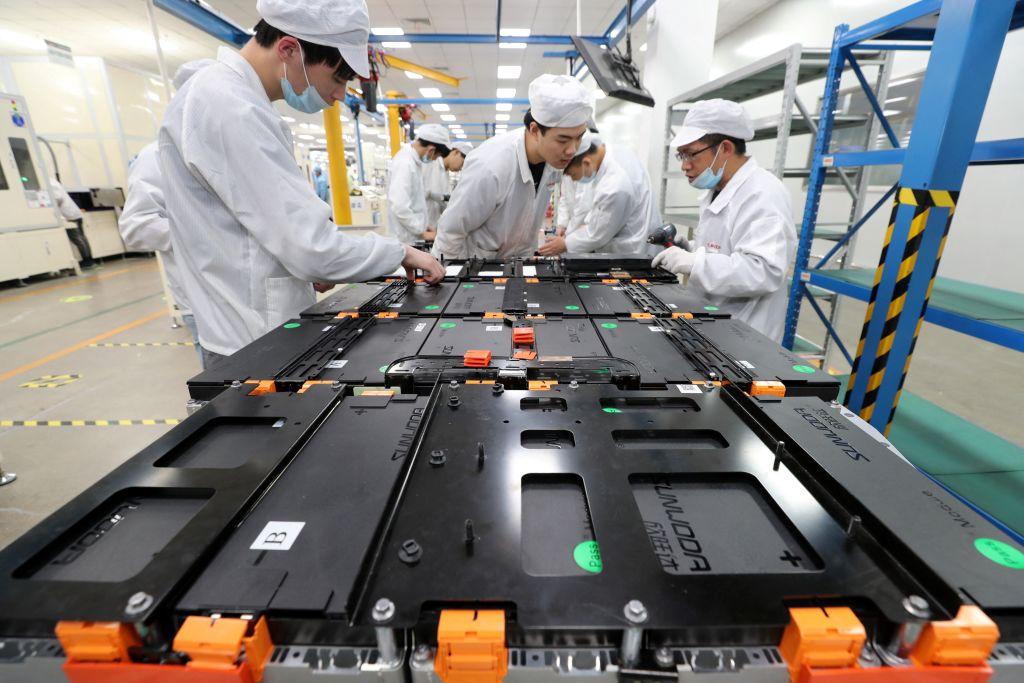From flammable toys to poisonous shoes, most of the dangerous nonfood products identified by a European Union agency last year were made in China, a March 23 European Commision press release stated.
The proportion of harmful goods imported from the world’s most populous nation—64 percent of the European total—reflects the huge Chinese presence in the European market. The figure is also consistent with past years, despite efforts by European authorities to cooperate with Chinese quality control agencies and help Chinese manufacturers understand the EU’s safety standards.
“The numbers and the situation is not improving,” said Věra Jourová, European commissioner for consumer affairs, at a press conference in Brussels.
In contrast to the high Chinese numbers, just 14 percent of the 2,435 dangerous product notifications concerned goods produced in EU member states, a sharp decrease from the 27 percent logged over a decade ago in 2003.
More than a quarter of the products noted were toys, such as stuffed animals. Another quarter were clothes of various sorts. Electrical appliances and cars each made up about 10 percent.




